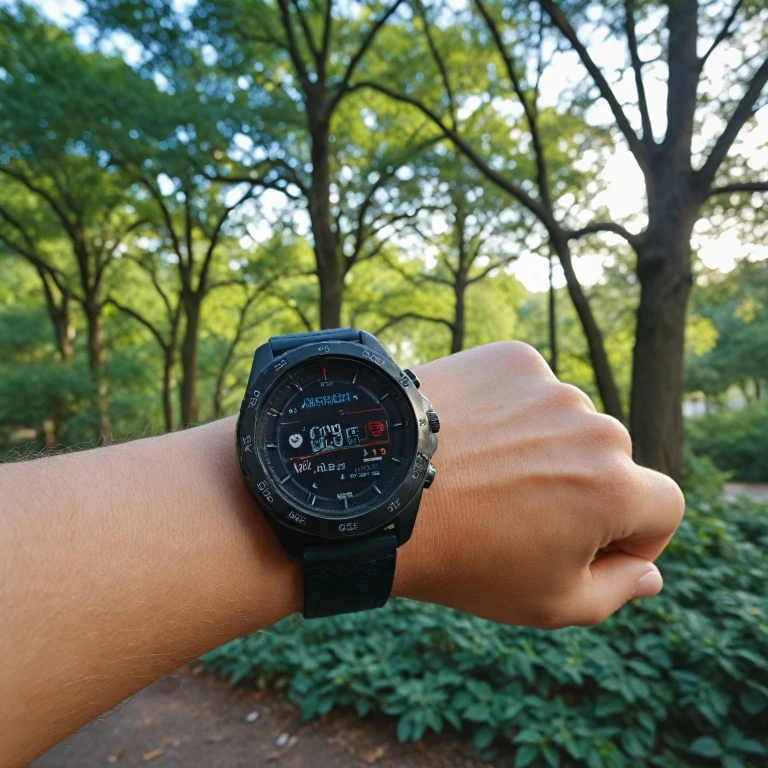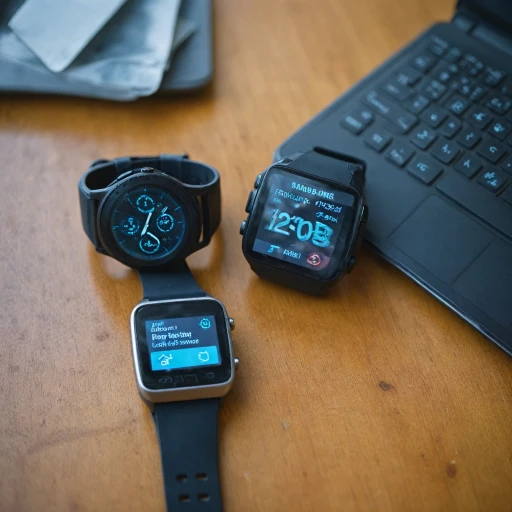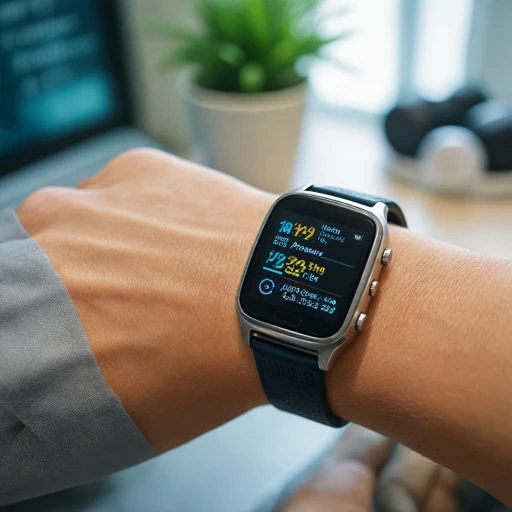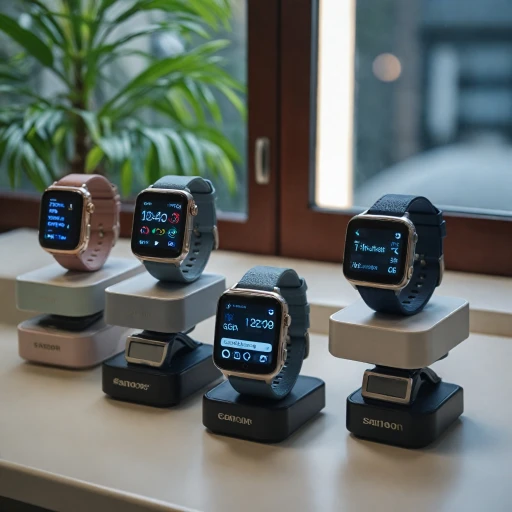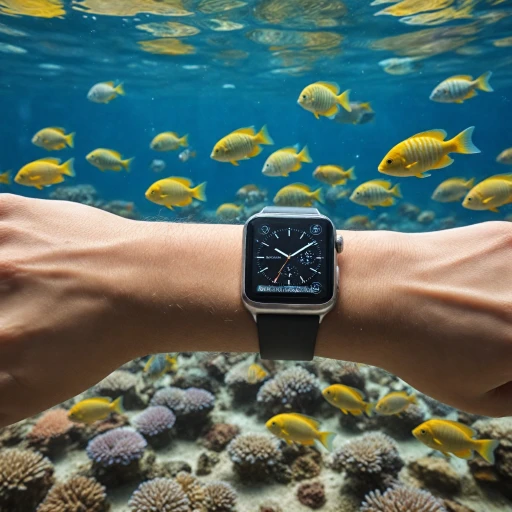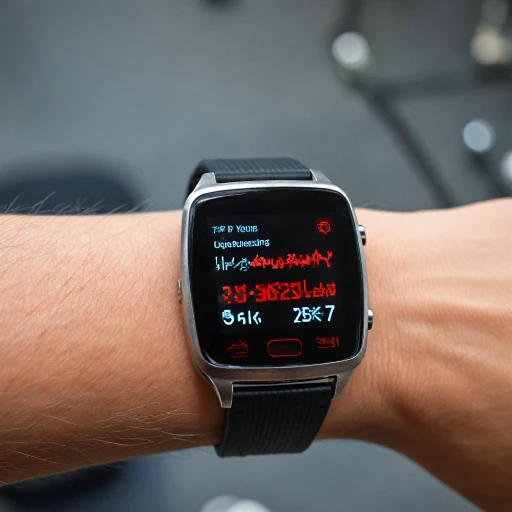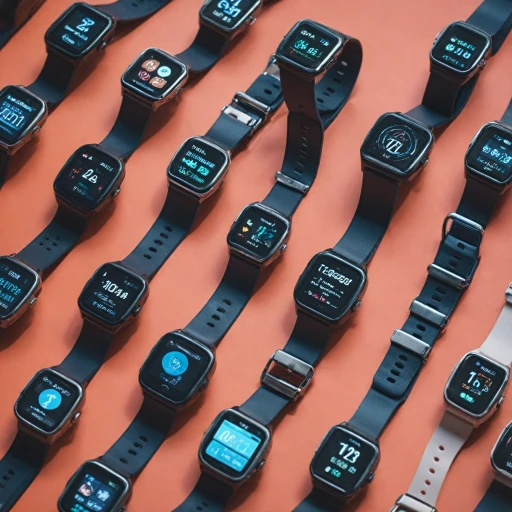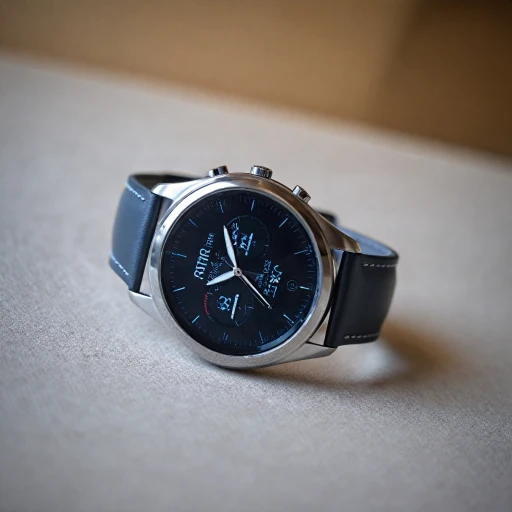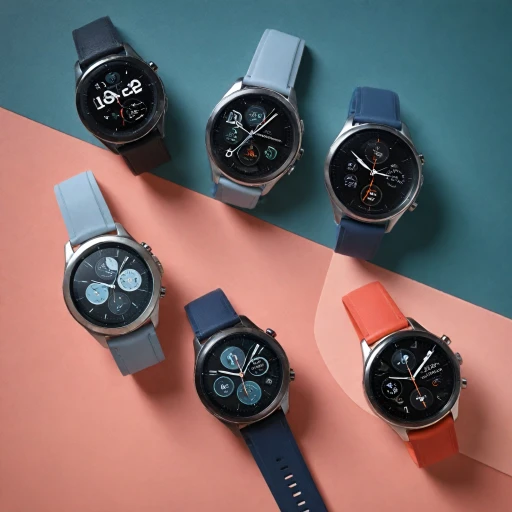
Understanding ECG Technology in Smartwatches
The Intricacies of ECG Technology in Modern Smart Devices
Electrocardiogram (ECG) technology has injected a new dimension into the world of smartwatches, transforming them from ordinary timekeepers to comprehensive health monitors. With the integration of ECG, these devices can track your heart rhythm and detect abnormalities such as atrial fibrillation (afib), a potentially serious heart condition. Smartwatches like Apple Watch and Samsung Galaxy Watch have been at the forefront of this innovation. They utilize built-in sensors to monitor the electrical signals of your heart. When you wear the device, electrodes placed on the back of the watch come in contact with your skin. This contact allows the watch's sensors to capture electrical activity and present a detailed reading of your heart's rhythm.Smart Devices Transforming Health Monitoring
The integration of ECG technology in smart devices isn't just for the tech-savvy; it caters especially to health-conscious individuals who seek in-depth insights into their cardiac health. Beyond merely counting steps or tracking sleep patterns, these watches offer real-time heart rate monitoring and can alert users to possible heart irregularities. This advancement bridges the gap between casual fitness tracking and serious health monitoring, offering a glimpse into the future where such smartwatches could monitor other vital signs like blood pressure. Explore more on smartwatches equipped with blood pressure monitors.The Synergy of Apps and Hardware
Smartwatch manufacturers complement ECG capabilities with intuitive apps that analyze patterns and store data for future reference. For example, Apple's ECG app, Samsung Health, and Fitbit's Fitbit Sense app merge seamlessly with the device hardware, providing users with comprehensive feedback and personalized advice based on their heart rate data. By combining sophisticated sensors with user-friendly software, these watches not only enhance your health monitoring but also offer a stronger sense of fitness tracking. Smartwatches like Apple Watch Series, Samsung Galaxy Watch, and Huawei Watch ensure users have access to their health stats at their fingertips, aligning with an increasingly digital lifestyle. Importantly, while the technology is promising, these devices are not definitive diagnostic tools. The ECG findings from a watch should ideally be shared with a healthcare provider for further medical evaluation and advice. As these tech devices become more sophisticated, it will be crucial for users to remain informed about their functionalities, limitations, and the authenticity of the data provided.Key Features of an ECG Watch
Core Capabilities of ECG Watches
ECG watches are rapidly gaining popularity as they offer advanced health tracking capabilities. At the heart of these devices is the ECG functionality, specifically designed to monitor heart rhythms and detect irregularities such as atrial fibrillation (AFib). Here are the key features that make an ECG watch a valuable health asset:- Heart Monitoring: ECG smartwatches, such as the Apple Watch or Samsung Galaxy Watch, leverage sensors to capture electrical signals from your heart. These devices can track heart rate, variability, and other data points essential for assessing cardiovascular health, particularly in the context of irregular heart rhythms like AFib.
- Integration with Health Apps: A significant feature of ECG watches is their seamless integration with apps. For instance, the Apple Watch series uses the ECG app to track and save recordings, while Samsung Health offers similar functionalities for the Galaxy Watch. This integration aids in monitoring trends over time and sharing data with healthcare professionals.
- Fitness and Sleep Tracking: Beyond cardiac monitoring, ECG watches often double as comprehensive fitness and sleep trackers. The Fitbit Sense and Huawei Watch incorporate technologies for tracking exercise routines, monitoring sleep patterns, and assessing energy scores, providing you insights into your overall well-being.
- Alerts for Abnormal Patterns: Detecting sudden changes in your heart rhythm is a game-changer. Many ECG smartwatches can alert you if they detect irregularities, prompting further medical evaluation. Such alerts can play a critical role in early intervention strategies for conditions like sleep apnea or other health anomalies.
- Additional Health Features: Beyond ECG, smartwatches now come equipped with additional health-monitoring capabilities, such as blood pressure monitoring and features like the Pixel Watch’s fall detection. Exploring the importance of these features expands the functionality of your device and ultimately aids in a more rounded health monitoring process. To understand this better, check out the importance of fall detection in smartwatches.
Comparing Popular ECG Watches
Exploring Popular Choices in the Market
When it comes to choosing an ECG watch, options abound with each offering distinct features catering to personal health monitoring needs. This section will help you navigate through some of the market leaders and their unique offerings.
Apple Watch Series: Known for integrating cutting-edge technology, the Apple Watch Series offers an ECG app capable of detecting irregular heart rhythms, including potential atrial fibrillation (afib). Available for Apple devices, it also syncs effortlessly with the Apple Health app, providing comprehensive health insights. If you're seeking a multifunctional smartwatch that seamlessly integrates with other Apple products, this could be an attractive option.
Samsung Galaxy Watch Series: The Samsung Galaxy Watch features an ECG app that excels in heart monitoring. With the integration of Samsung Health, users can track heart rate, sleep patterns, and fitness levels meticulously. The smartwatch is compatible with both Android and iOS devices, making it versatile for users across platforms. For those looking for a stylish and highly functional device, the Galaxy Watch Series offers a compelling choice.
Fitbit Sense: Renowned for its fitness tracking capabilities, the Fitbit Sense goes a step further with its ECG feature. It provides automatic detection of potential heart irregularities, combined with stress management tools and sleep monitoring. For individuals focused on overall wellness, Fitbit Sense remains a strong contender. Should you encounter any sync issues with Fitbit, check out this guide on troubleshooting Fitbit sync issues.
Huawei Watch: The Huawei Watch is another notable contender, offering health monitoring features right alongside its ECG capability. With heart rate monitoring, blood oxygen levels, and energy score tracking, this device aims to cover all bases for holistic health assessment.
Each of these smartwatches represents a unique convergence of technology and health. As you consider your options, it's important to weigh the specific features and compatibility of each to find the ECG watch that best meets your health tracking needs.
Health Benefits of Using an ECG Watch
Enhancing Heart Health Through ECG Watches
Smartwatches equipped with ECG technology have become vital tools in monitoring heart health. One of the main advantages of an ECG watch is its ability to detect irregular heart rhythms, such as atrial fibrillation (AFib). Identifying AFib early can be crucial in preventing serious health complications. ECG watches serve multiple benefits:- Heart Rate Monitoring: These devices continuously monitor your heart rate, providing you with real-time data. The Apple Watch and Samsung Galaxy Watch, for instance, allow users to track their heart rate fluctuations throughout the day.
- Comprehensive Health Insights: With integrated apps like the ECG app on Apple Watch or Samsung Health, users can record their ECG anytime and anywhere. This instant access to data can be shared with healthcare providers for professional analysis and advice.
- Enhanced Sleep Tracking: Many smartwatches, like the Fitbit Sense, combine ECG capabilities with sleep tracking to provide insights on sleep apnea or unexplained nighttime heart rate changes.
- Activity Management: By evaluating heart rhythm during physical activities, these smart devices ensure workout sessions, whether mild or rigorous, are safe and effective.
- Accessibility and Convenience: With brands like Huawei and Amazon entering the market, these life-saving features are becoming more accessible to a broad audience.
